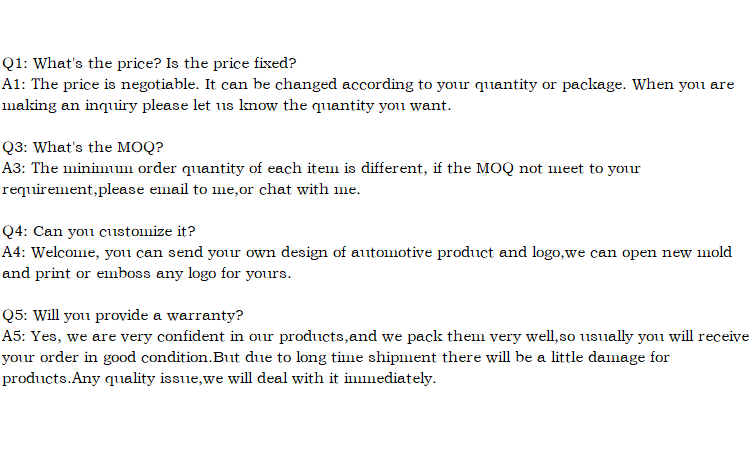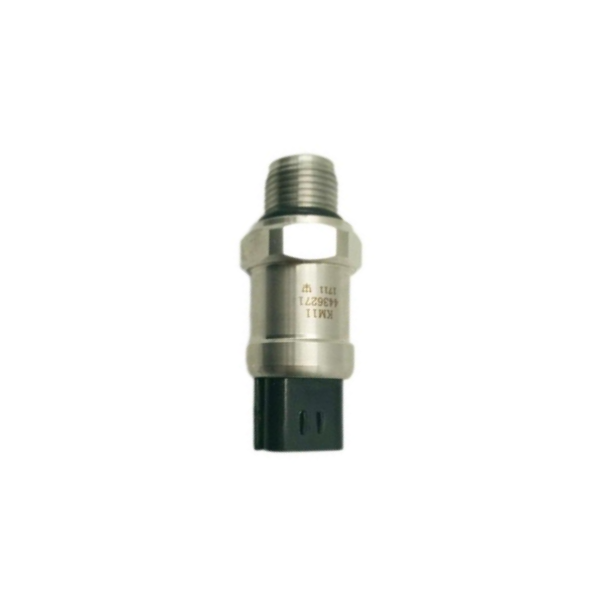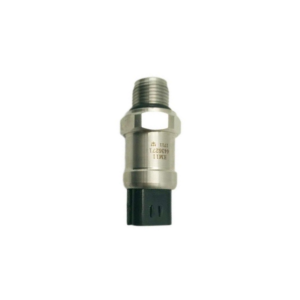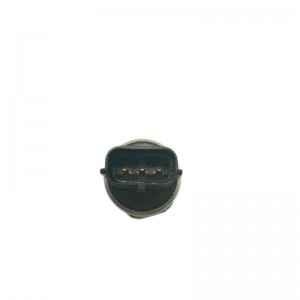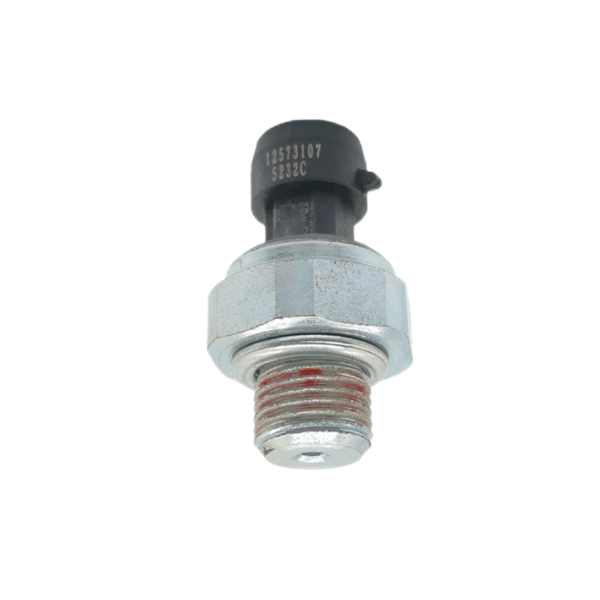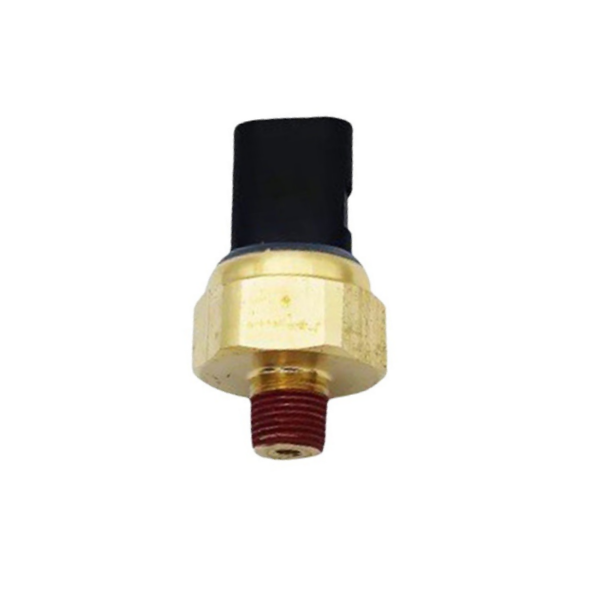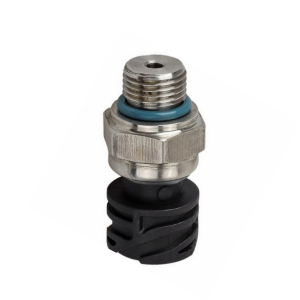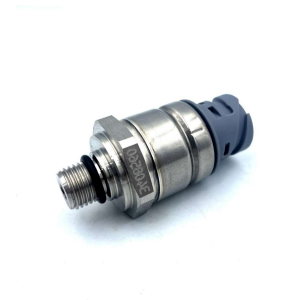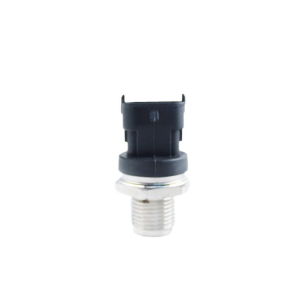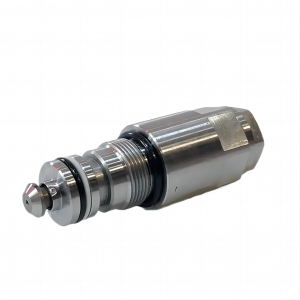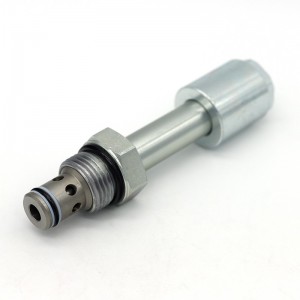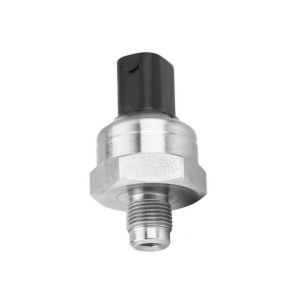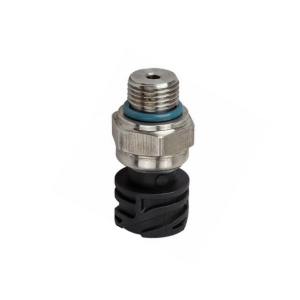Hitachi excavator parts EX200-2/3/5 pressure switch sensor 4436271
Product introduction
Working mechanism
1) Magnetoelectric effect
According to Faraday's law of electromagnetic induction, the magnitude of the induced electromotive force generated in the coil depends on the change rate of the magnetic flux passing through the coil when the N-turn coil moves in the magnetic field and cuts the magnetic force line (or the magnetic flux change of the magnetic field where the coil is located).
Linear moving magnetoelectric sensor
The linear moving magnetoelectric sensor consists of a permanent magnet, a coil and a sensor housing.
When the shell vibrates with the vibrating body to be measured and the vibration frequency is much higher than the natural frequency of the sensor, because the spring is soft and the mass of the moving part is relatively large, it is too late for the moving part to vibrate (stand still) with the vibrating body. At this time, the relative motion speed between the magnet and the coil is close to the vibration speed of the vibrator.
Rotary type
Soft iron, coil and permanent magnet are fixed. The measuring gear made of magnetic conductive material is installed on the measured rotating body. Every time a tooth is rotated, the magnetic resistance of the magnetic circuit formed between the measuring gear and the soft iron changes once, and the magnetic flux also changes once. The frequency (number of pulses) of the induced electromotive force in the coil is equal to the product of the number of teeth on the measuring gear and the rotating speed.
Hall effect
When a semiconductor or metal foil is placed in a magnetic field, when a current (in the plane direction of the foil perpendicular to the magnetic field) flows, an electromotive force is generated in the direction perpendicular to the magnetic field and the current. This phenomenon is called Hall effect.
Hall element
Commonly used Hall materials are germanium (Ge), silicon (Si), indium antimonide (InSb), indium arsenide (InAs) and so on. N-type germanium is easy to manufacture and has good Hall coefficient, temperature performance and linearity. P-type silicon has the best linearity, and its Hall coefficient and temperature performance are the same as those of N-type germanium, but its electron mobility is low and its loading capacity is poor, so it is usually not used as a single Hall element.
Product picture
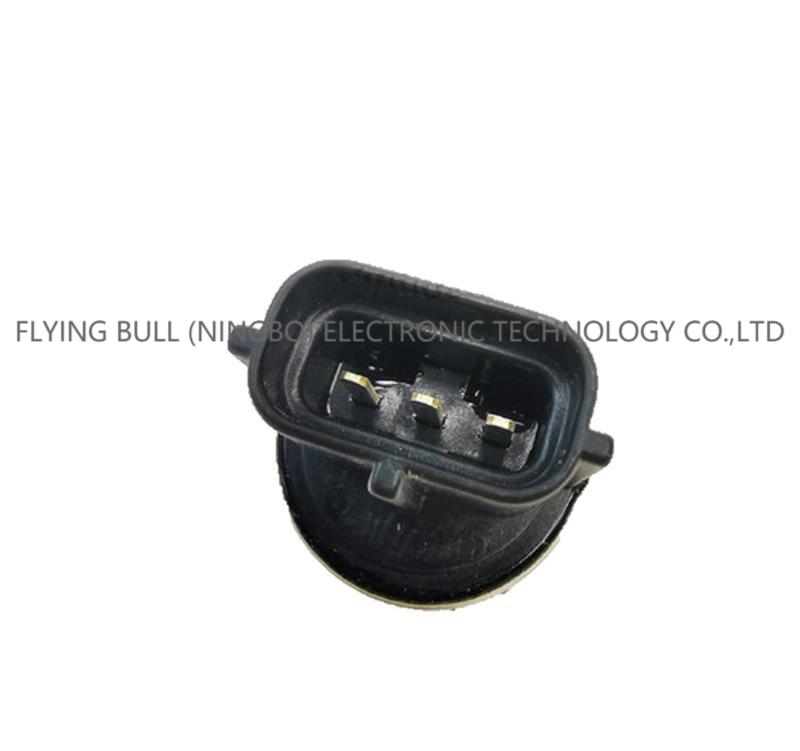
Company details

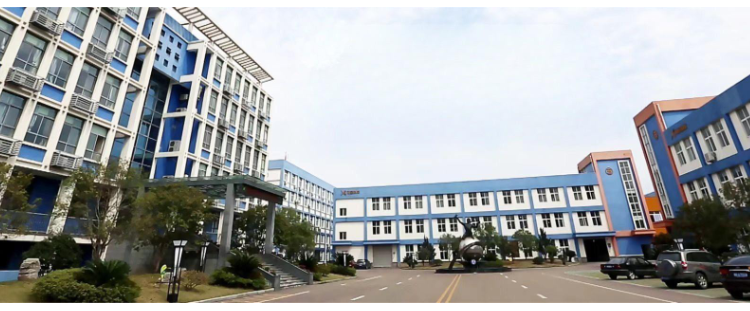

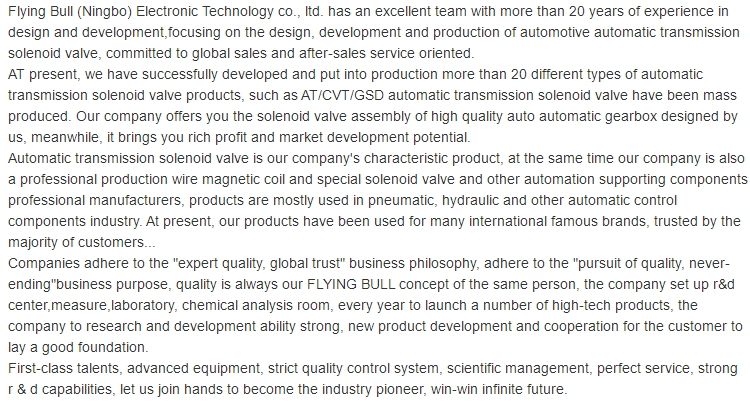
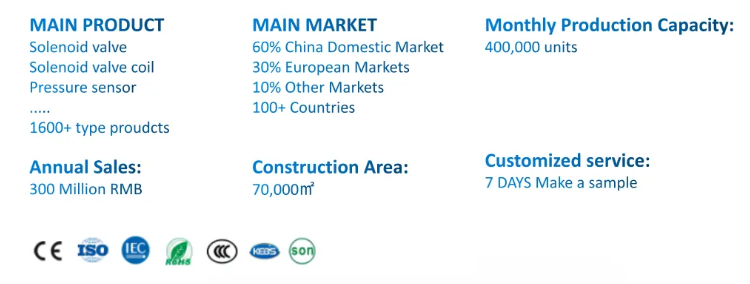


Company advantage
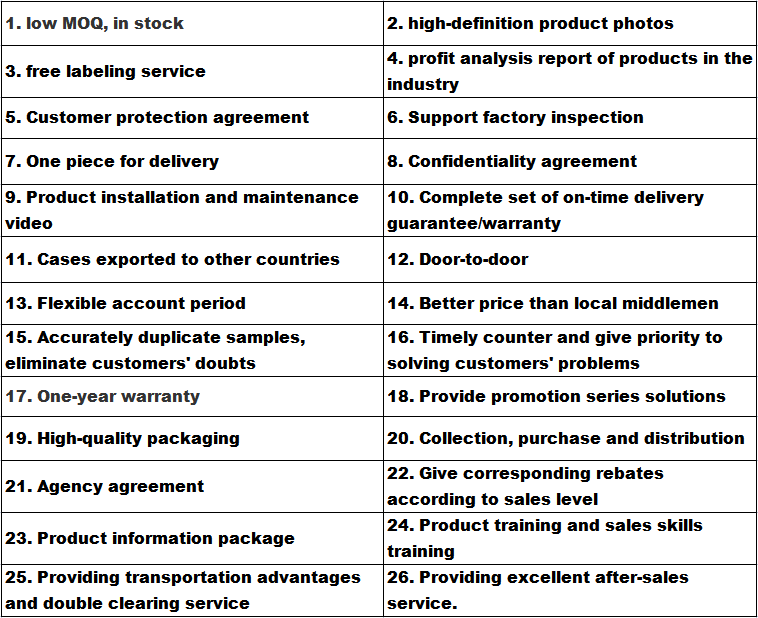
Transportation

FAQ
